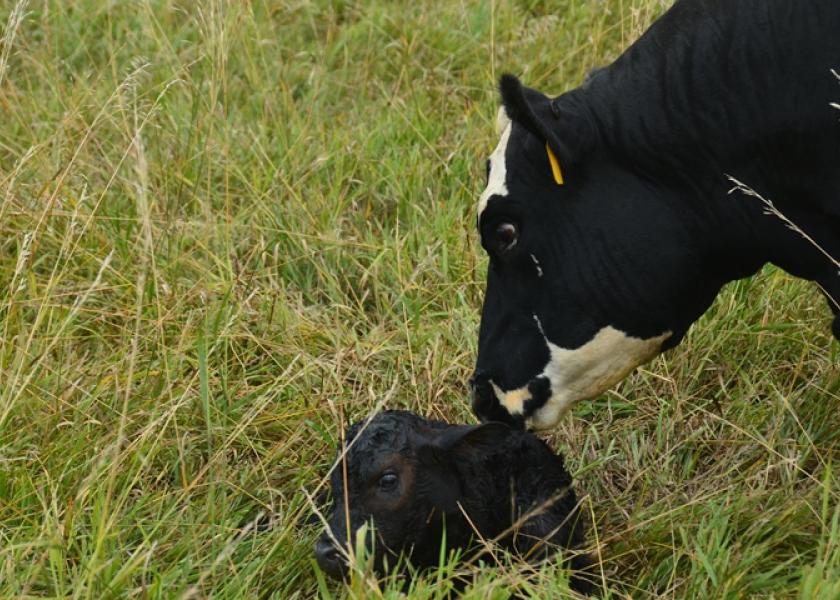Glenn Selk: Maintain BCS Between Calving A Breeding

One of the advantages for fall-calving is the body condition of the cows at calving time. After coming off good summer grasses, the cows were mostly in good body condition (body condition scores of 5 and 6) and many had adequate quantities of standing warm season forages available to them.
Body condition score at calving is the single most important trait determining when a cow resumes heat cycles and therefore when she is likely to re-conceive for the next calf crop. However, it is also very important to avoid condition loss between calving and the breeding season to maintain excellent rebreeding performance.
Fall calving cows normally are in good body condition when they calve in September and October. Body condition changes from the time the cow calves until she begins the breeding season can also play a significant role in the rebreeding success story. This appears to be most important to those cows that calve in the marginal condition score range of "4" or "5".
A two-year Oklahoma State University study shows the impact of losing body condition in the period from calving to the start of the breeding season. This study was conducted with spring-calving cows, but the “lesson-learned” applies to fall calving cows as well. Seventy-five cows in year 1 and seventy cows in year two were randomly allotted to LOSE body condition from calving (beginning February 11) until mid April or MAINTAIN body condition during the same time frame. Cows were exposed to fertile bulls for 90 days each year starting May 1. Pregnancy rate was determined at 70 days after the breeding season.
Cows that were fed to maintain body condition from calving until the beginning of the breeding season averaged 94% pregnant, while those that calved in similar body condition but lost nearly one full condition score were 73% rebred. The body condition that was maintained throughout late pregnancy until calving time must be maintained until rebreeding to accomplish high rebreeding rates.
By studying the nutrient requirement tables for lactating beef cows, we can learn that an 1100 pound cow needs about 2.5 pounds of crude protein per day. (Download and read OSU Circular E-974 “Nutrient Requirements of Beef Cattle”) She should receive approximately 1 pound of protein from the standing grass and/or grass hay she consumes free choice.
Therefore we need to provide 1.5 pounds of protein via supplements. If we are feeding a high protein cube such as a 40% protein supplement, she will need about 3.75 pounds of supplement daily. If the supplement is a 30% supplement then 5 pounds per day will be needed. Maintaining the body condition through the breeding season should be rewarded with a high percentage calf crop the following year.







